The Fall of Group B Racing

Certainly, the deaths and safety concerns associated with Group B Rally racing played a significant role in the decision to cancel the category. Group B Rally, with its high-speed, high-powered cars and limited safety measures, proved to be a deadly combination. Here are some of the key incidents that led to the cancellation of Group B:
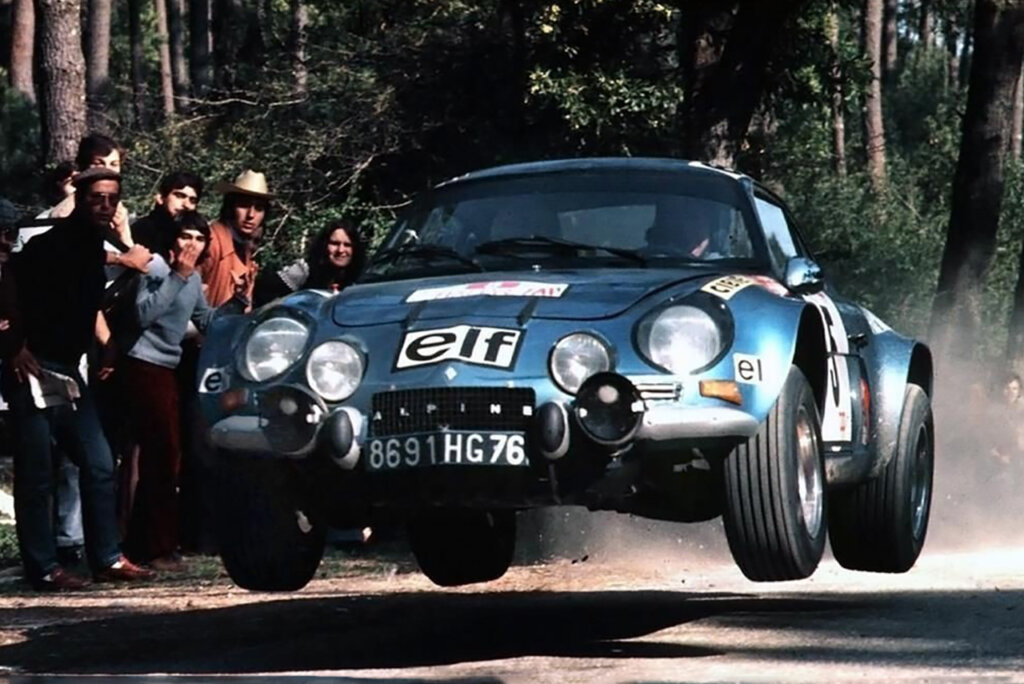
Source: Classic Courses
1982 Corsica Rally: In 1982, during the Corsica Rally, French driver Jean-Luc Thérier lost control of his Group B Renault 5 Turbo and crashed into the crowd, resulting in several injuries. This incident highlighted the inadequate safety precautions in place.
1985 Tour de Corse: At the Tour de Corse rally in 1985, British driver Mark Lovell lost control of his Ford RS200 and crashed into a tree. This accident resulted in the deaths of his co-driver Roger Freeman and a spectator.
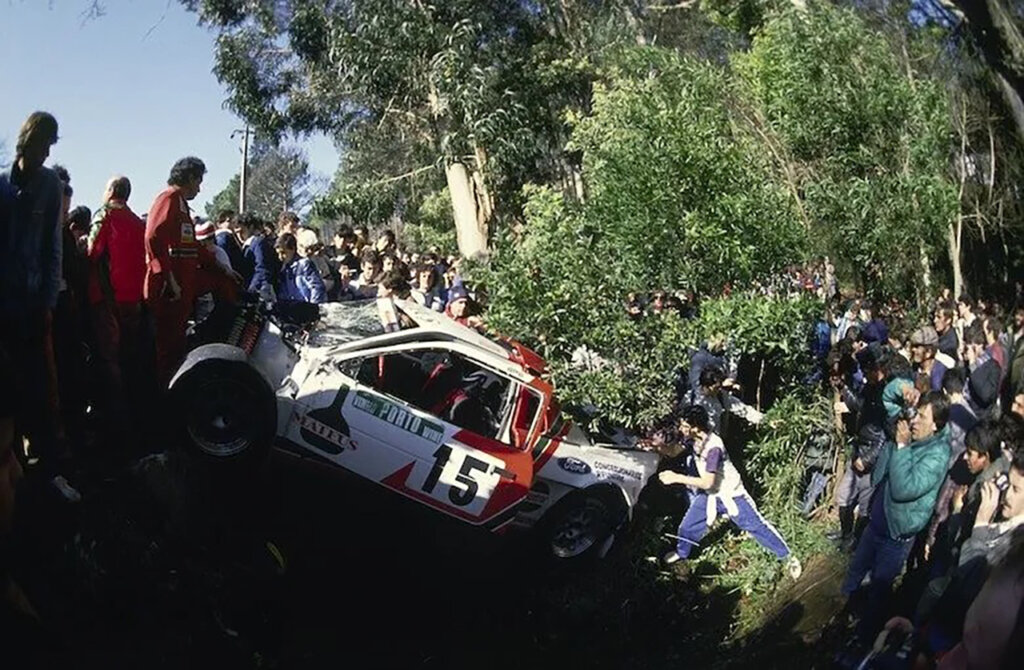
Source: Dirt Fish
1986 Portugal Rally: The most notorious and tragic incident occurred during the 1986 Portugal Rally. Portuguese driver Joaquim Santos lost control of his Ford RS200 and crashed into a crowd of spectators. Three people were killed, and more than 30 others were injured. This horrifying accident led to immediate scrutiny of Group B’s safety standards.
Multiple Other Accidents: These high-powered Group B cars were prone to accidents, often due to their extreme speed and the challenging nature of rally stages. Several drivers and co-drivers suffered injuries in various accidents throughout the era.
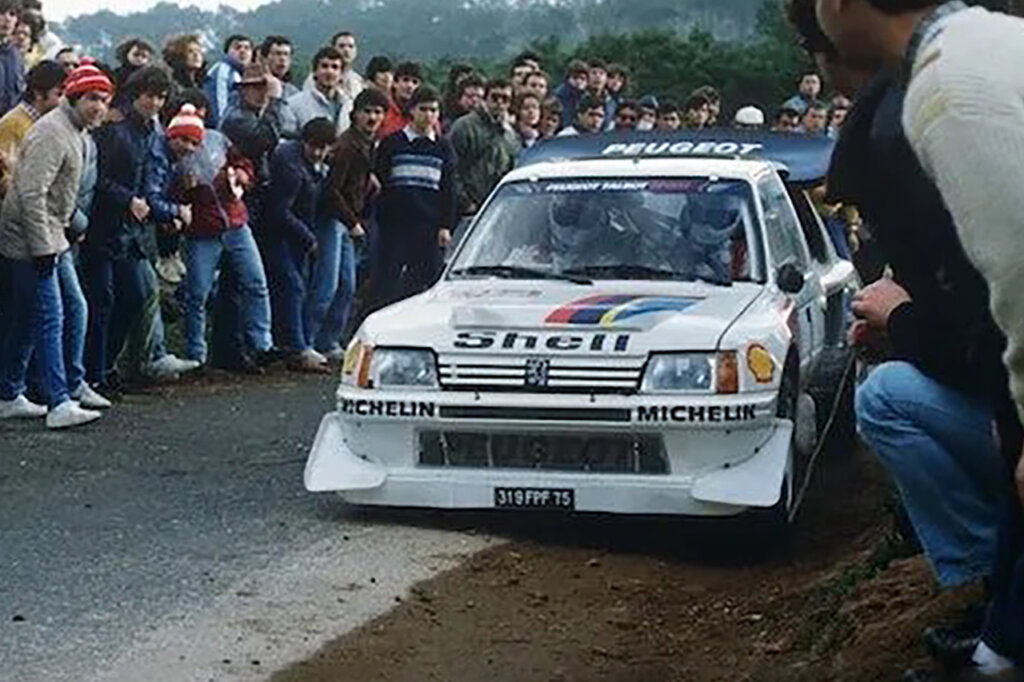
Source: Dirt Fish
The combination of these accidents, particularly the devastating incident at the 1986 Portugal Rally, brought Group B Rally racing under intense public and media scrutiny. Safety concerns reached a critical point, and it became evident that the regulations governing the sport had not kept pace with the incredible performance capabilities of the cars.
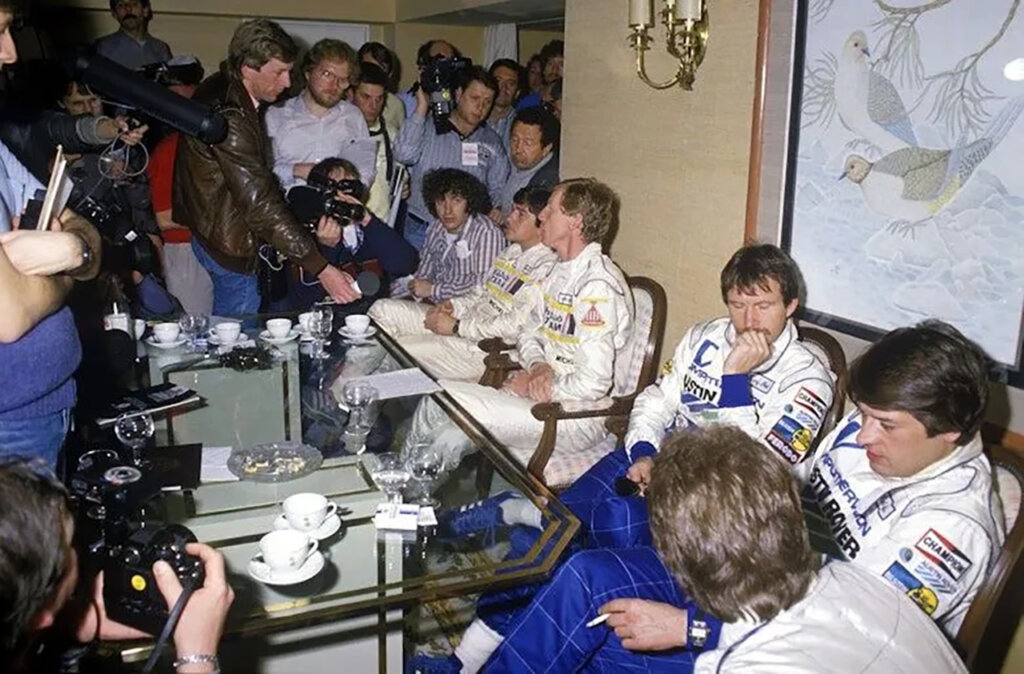
Source: Dirt Fish
As a result, the FIA made the difficult decision to cancel Group B Rally in 1987. The category was disbanded due to its perceived dangers to both competitors and spectators. The cars were simply too powerful and fast for the safety measures and infrastructure of the time to handle. Group B’s cancellation marked the end of an era in rallying, but it was a necessary step to prioritize safety in motorsport.

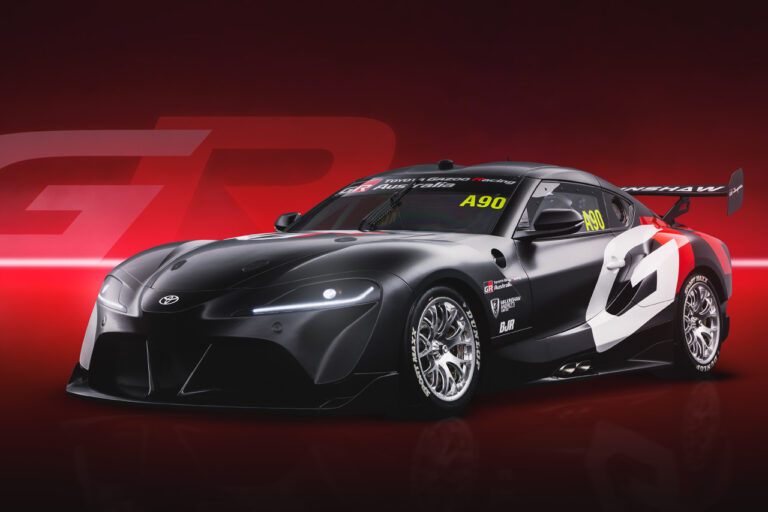
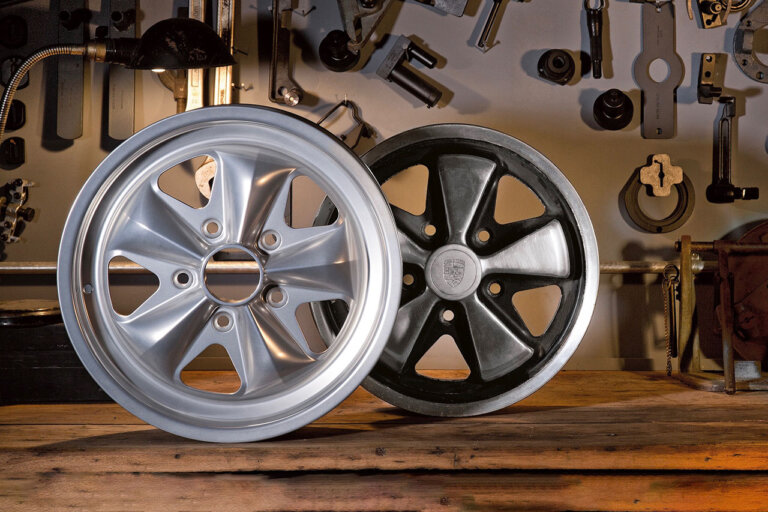
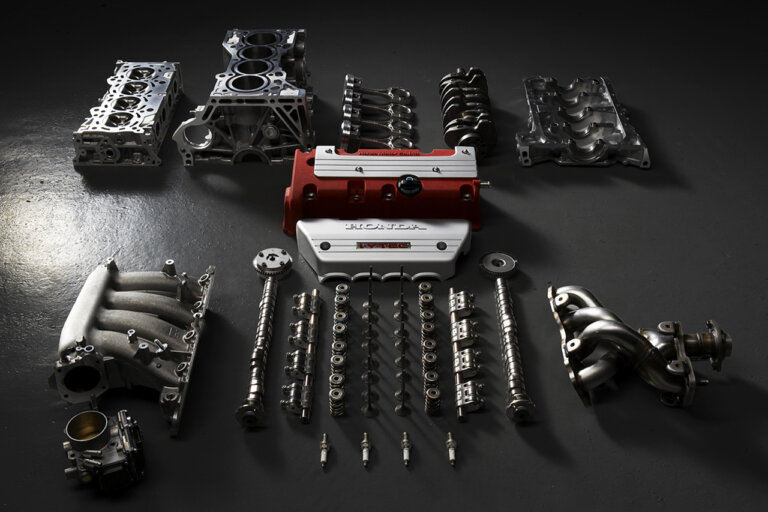

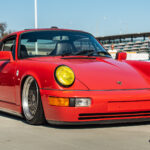
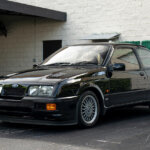
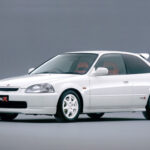
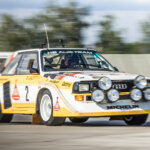

One Response
awesome article. nothing but the truth very good read.